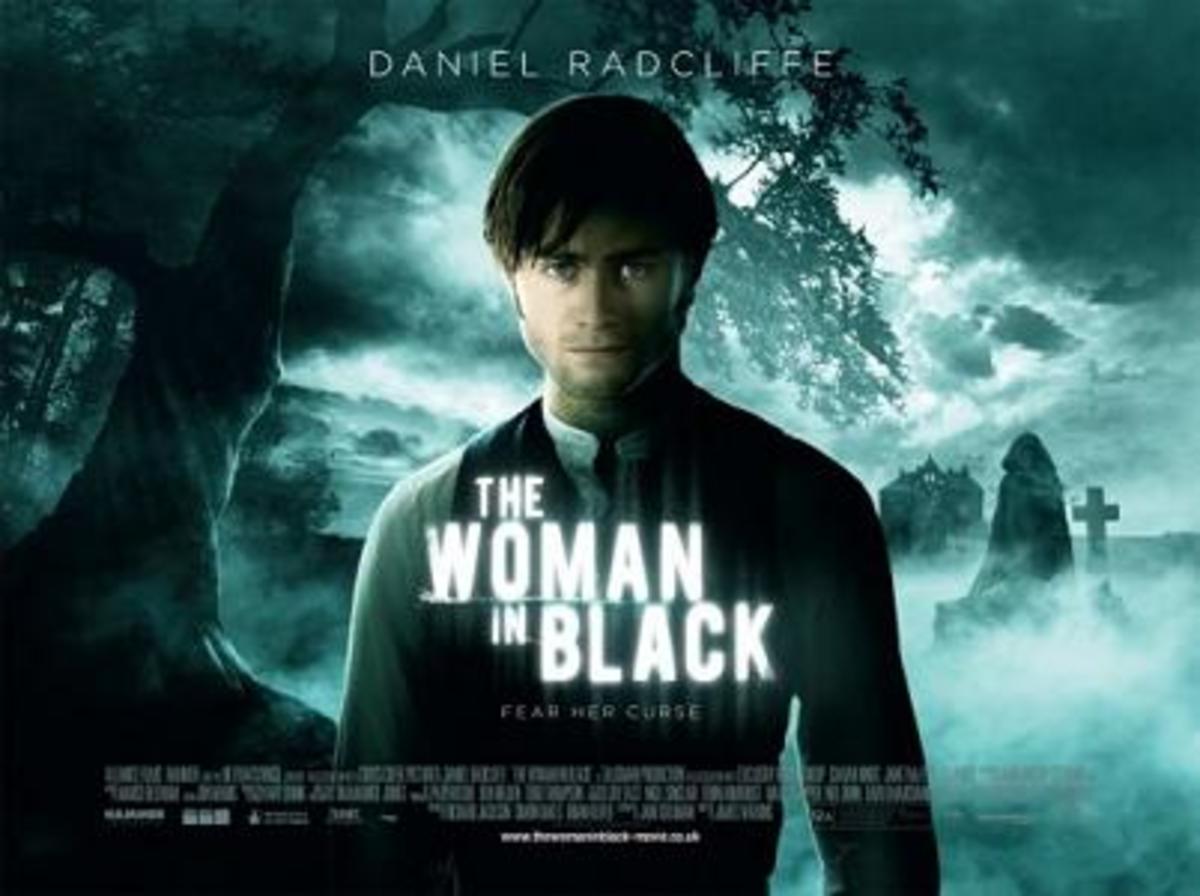Which Ending To The Scene Would Create The Most Suspense
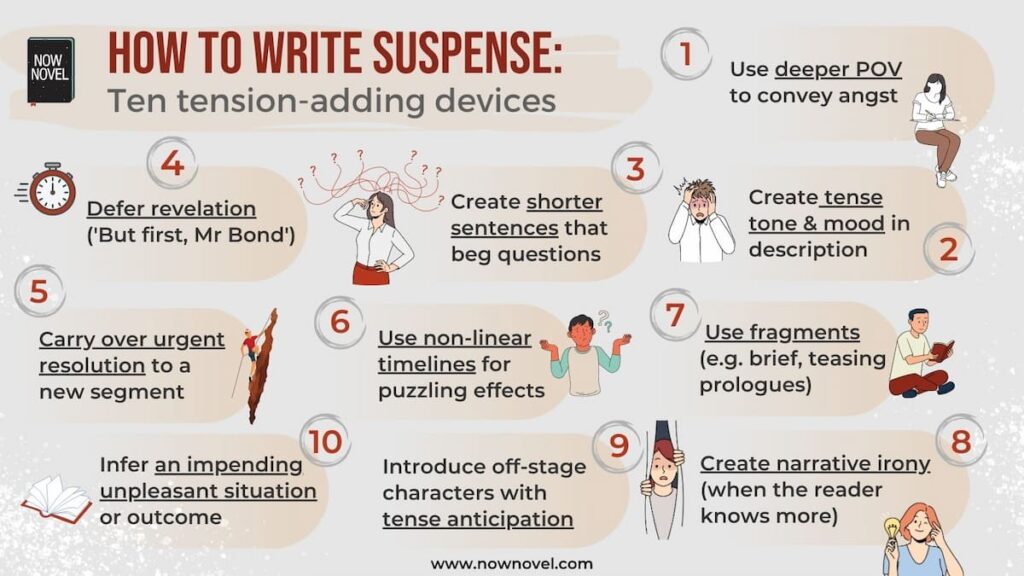
The flickering candlelight cast long shadows across the faces gathered around the antique table. A secret, decades buried, was about to be revealed, and the tension in the room was palpable. But which ending, the abrupt gunshot or the cryptic, whispered clue, would truly leave audiences breathless, clinging to the edge of their seats?
Crafting suspense is a delicate art, a tightrope walk between anticipation and revelation. The climax of a scene can make or break its impact, dictating whether the audience feels a jolt of fear or a lingering sense of unease. This article delves into the elements that determine the most suspenseful scene ending, weighing the merits of definitive action against the power of unresolved questions and exploring how various techniques influence audience perception.
The Power of the Unexpected: A Sudden Climax
The abrupt ending, often punctuated by a sudden act of violence or a shocking revelation, relies on the element of surprise.
The jolt it provides can be incredibly effective in immediately grabbing the viewer's attention and leaving them stunned. This approach operates on the principle of disrupting expectations, creating a visceral response that lingers long after the scene concludes.
Consider, for example, a scene where the protagonist finally corners their pursuer in a dimly lit warehouse. For this ending to be most effective, it is necessary to examine how violence affects viewers.
According to a study by the University of Southern California's Annenberg School for Communication and Journalism, excessive violence can desensitize audiences, diminishing its impact. Therefore, the gunshot must be carefully contextualized and employed sparingly to maximize its shock value.
Benefits of a Sharp Resolution
A swift resolution provides closure, albeit potentially a disturbing one.
This can be particularly effective when the scene is part of a larger narrative arc, acting as a catalyst for subsequent events. A defined ending allows the story to move forward with renewed urgency and a clear sense of direction.
Furthermore, a sudden climax can create a memorable moment, etched in the audience's mind due to its unexpected nature.
The intensity of the moment often translates into a lasting impression, contributing to the overall impact of the narrative.
The Allure of the Unresolved: A Lingering Question
In contrast, a scene ending with a cryptic clue or an ambiguous statement leaves the audience yearning for answers.
This approach thrives on creating a sense of mystery and unease, fostering a desire to unravel the secrets that lie beneath the surface. The power of the unresolved relies on the human need for closure, prompting speculation and engaging viewers on a deeper level.
For instance, imagine the same warehouse scene concluding with the pursuer whispering a cryptic message about another, more significant threat before disappearing into the shadows. According to Dr. Melanie Greenburg, a psychologist specializing in narrative persuasion, ambiguity can enhance engagement.
By leaving questions unanswered, the audience is compelled to actively participate in the storytelling process, forming their own theories and interpretations.
Benefits of an Open Conclusion
An unresolved ending fosters anticipation, leaving the audience eager to discover what happens next.
This can be especially useful in serialized narratives, creating a compelling hook that keeps viewers invested in the story. The uncertainty generated by the ending can also contribute to a richer, more complex viewing experience.
Moreover, an open conclusion can promote discussion and debate among viewers.
By leaving room for interpretation, the scene becomes a subject of analysis and speculation, fostering a sense of community around the narrative.
Factors Influencing Suspense: Context is Key
The effectiveness of either approach hinges on several contextual factors. The genre of the story, the established tone, and the character arcs all play a significant role in determining which ending will generate the most suspense.
A psychological thriller might benefit from the lingering unease of an unresolved ending, while an action-oriented narrative could thrive on the immediate impact of a sudden climax.
Furthermore, the emotional investment of the audience is crucial. If viewers are deeply connected to the characters, the threat of violence or the possibility of betrayal will carry greater weight. The overall quality of the writing, direction, and acting also contributes to the scene's ability to create suspense.
A poorly executed gunshot or a nonsensical clue will only serve to detract from the narrative, diminishing the impact of the scene.
Ultimately, the most suspenseful ending is the one that best serves the story, the audience, and the intended emotional response.
There is no single formula for creating suspense; the key is to understand the nuances of storytelling and to employ the techniques that will have the greatest impact on the viewer.
The Future of Suspense: Interactive Narratives
The rise of interactive narratives and video games is pushing the boundaries of suspense. These mediums allow for branching storylines and player-driven choices, offering unprecedented opportunities to tailor the suspense experience to individual preferences.
Imagine a scene where the player can choose to either confront the pursuer directly or attempt to evade them, leading to different potential endings with varying levels of tension and uncertainty.
As technology continues to evolve, we can expect to see even more sophisticated techniques for generating suspense.
Virtual reality and augmented reality could offer immersive experiences that blur the line between fiction and reality, amplifying the emotional impact of storytelling.
In conclusion, the debate over the most suspenseful scene ending is not about choosing between two opposing forces, but rather about understanding the strengths of each approach and leveraging them to create a truly unforgettable experience. Whether through the shock of the unexpected or the allure of the unresolved, the goal is always to captivate the audience and leave them wanting more. The future of suspense lies in innovation and experimentation, as storytellers continue to explore new ways to engage and enthrall their viewers.
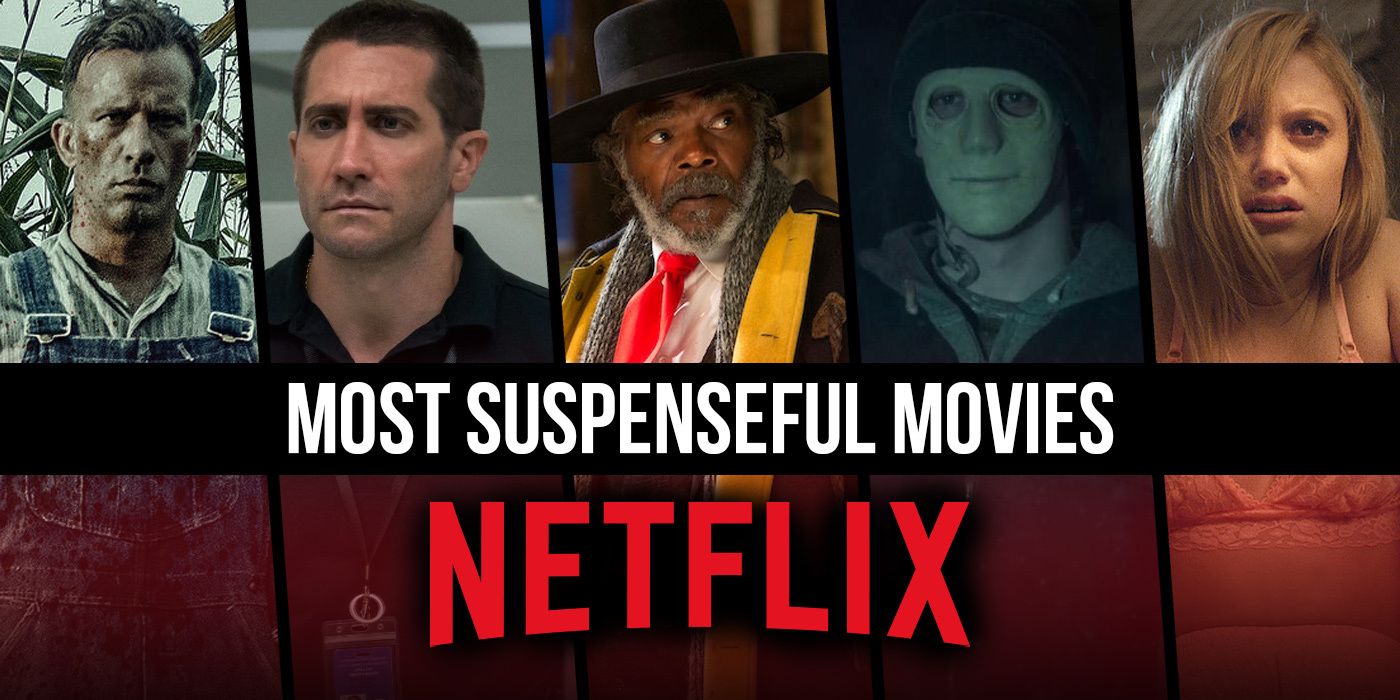
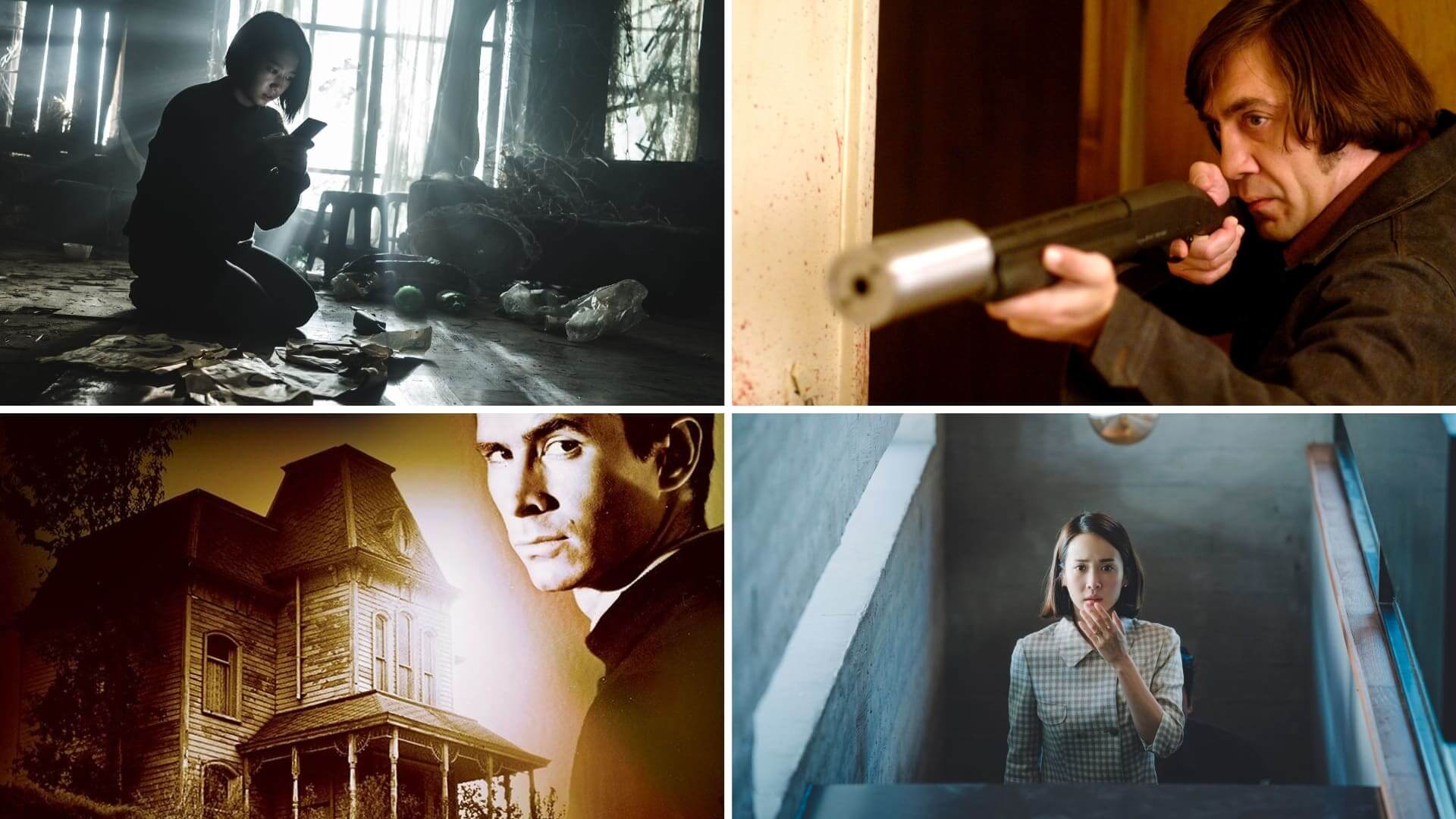
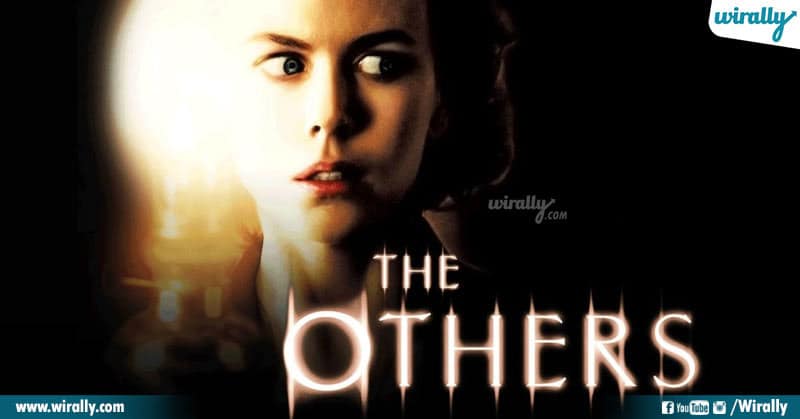

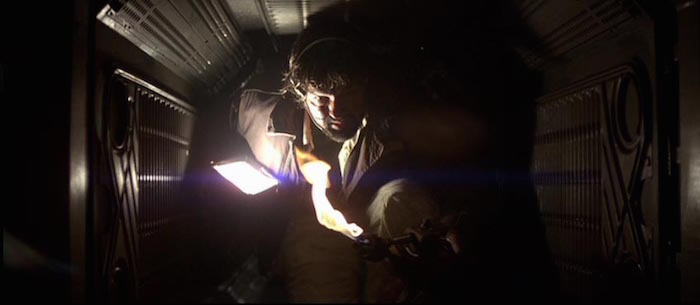
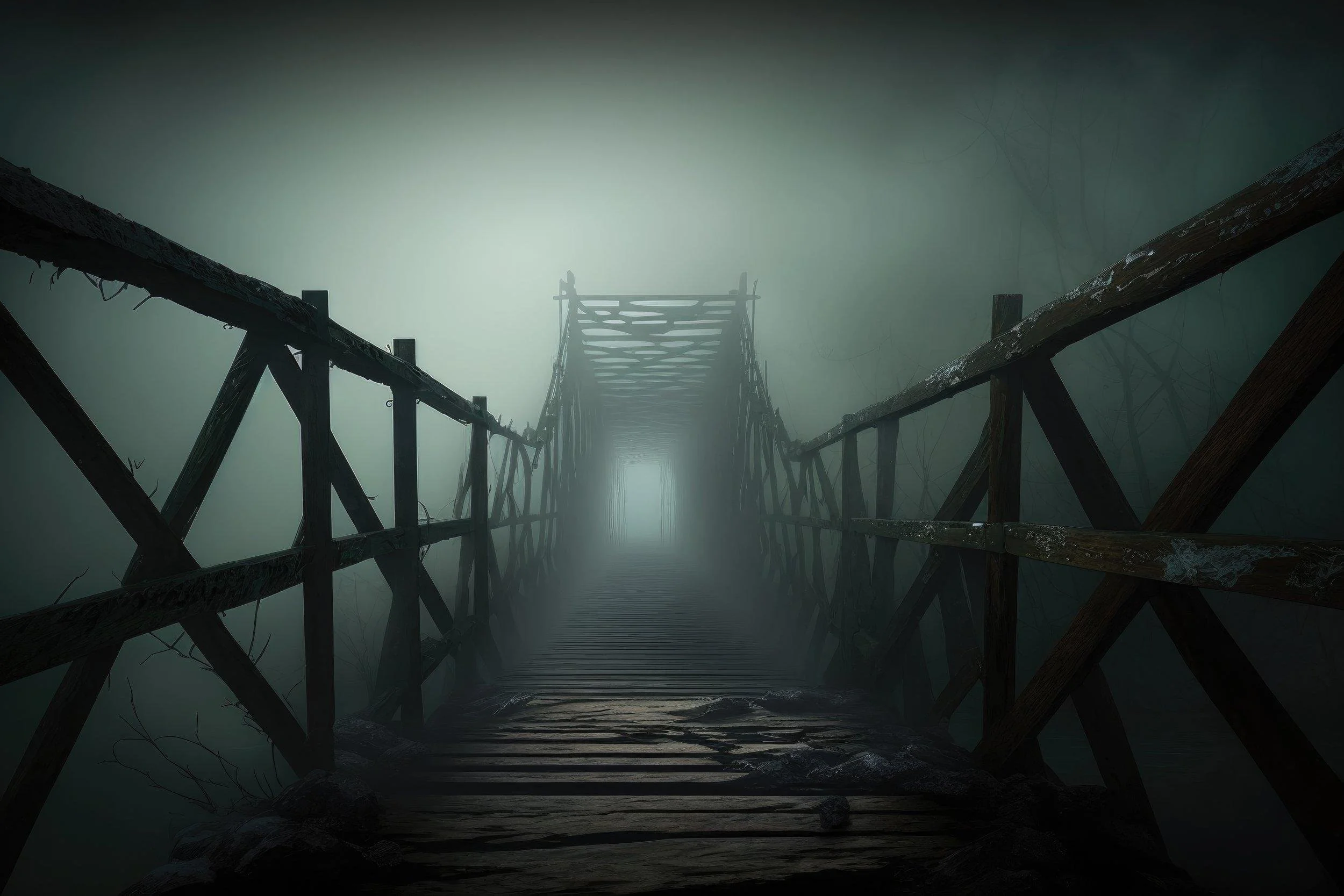.jpeg)
:max_bytes(150000):strip_icc()/the-substance-071124-1-2b040dd3c618418f8f3a1e7b2bc6c30a.jpg)
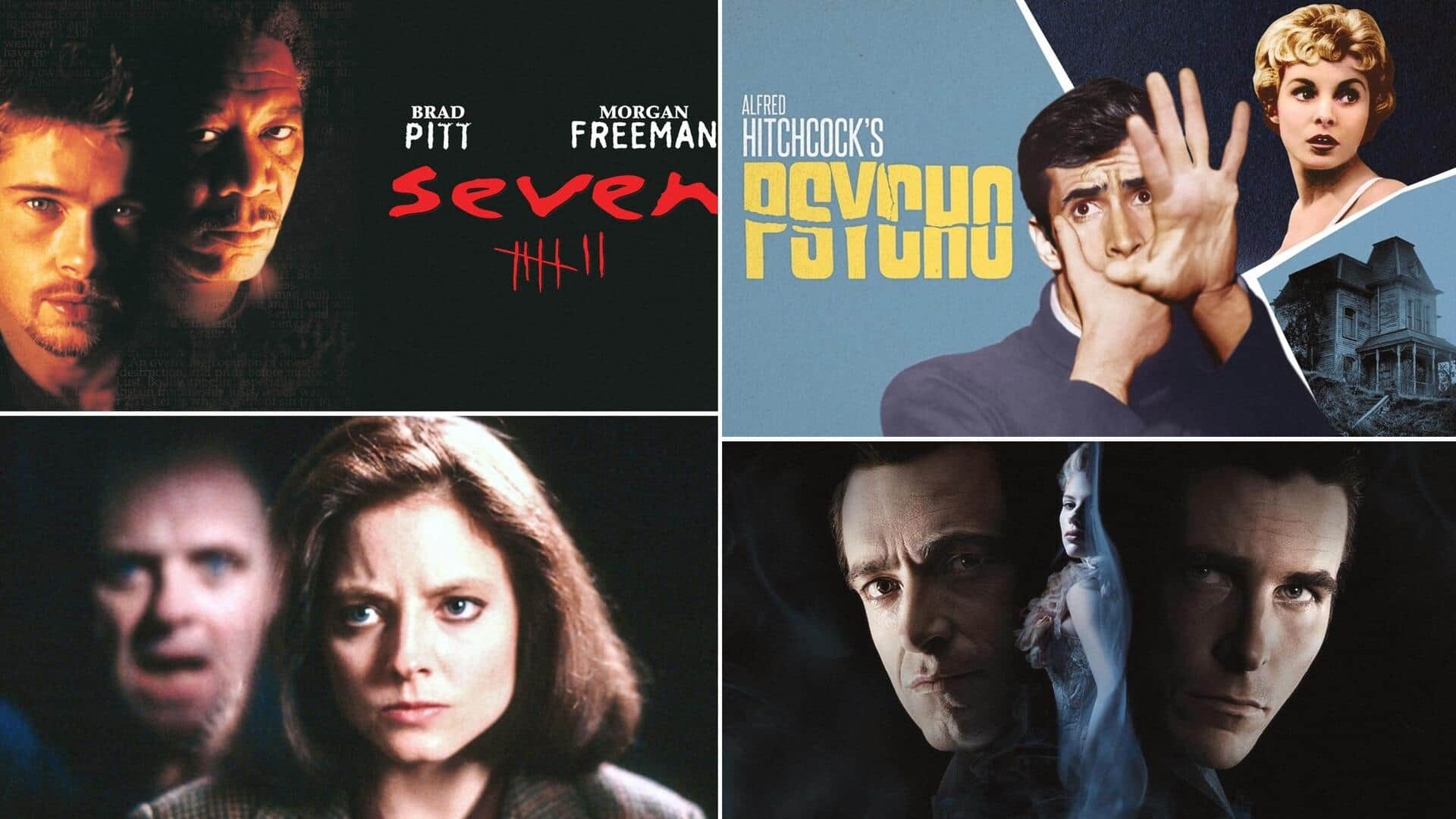



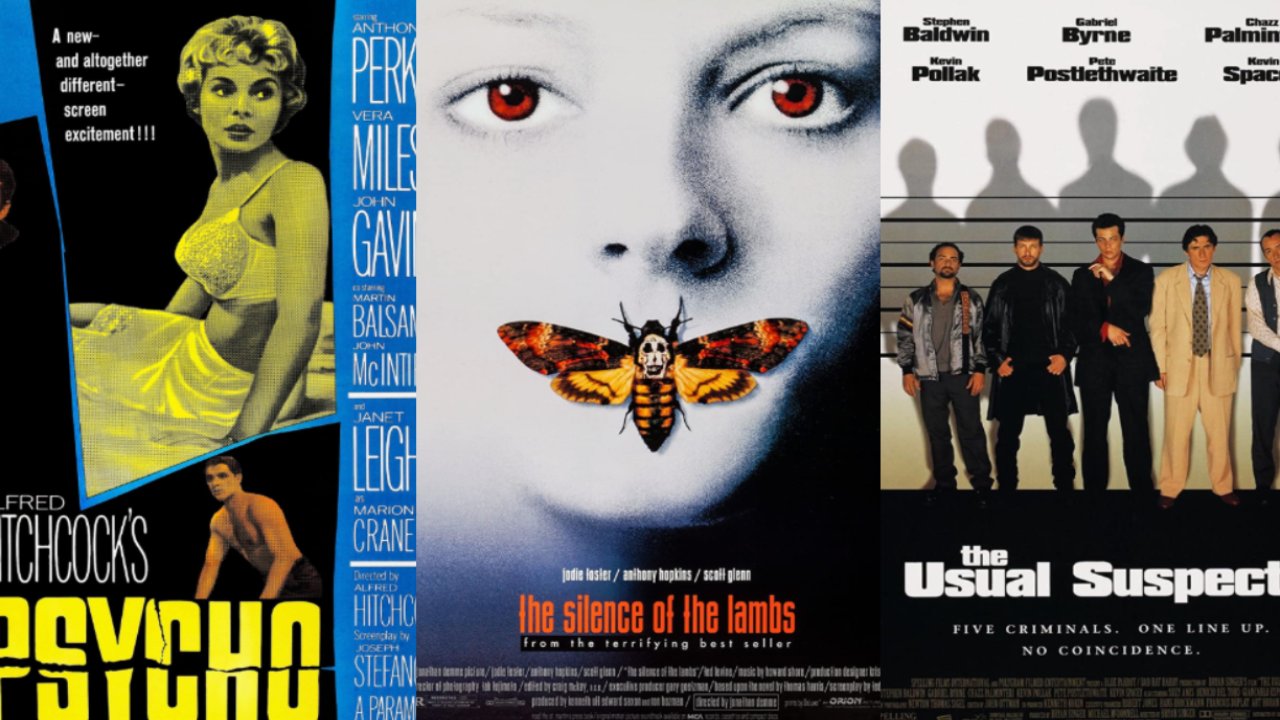
![Which Ending To The Scene Would Create The Most Suspense [FREE] cellus How does Shakespeare build suspense in Act II Scene 3](https://media.brainly.com/image/rs:fill/w:750/q:75/plain/https://us-static.z-dn.net/files/dc4/c5bc9dbd7244649ca14e18293fa58ce7.png)

